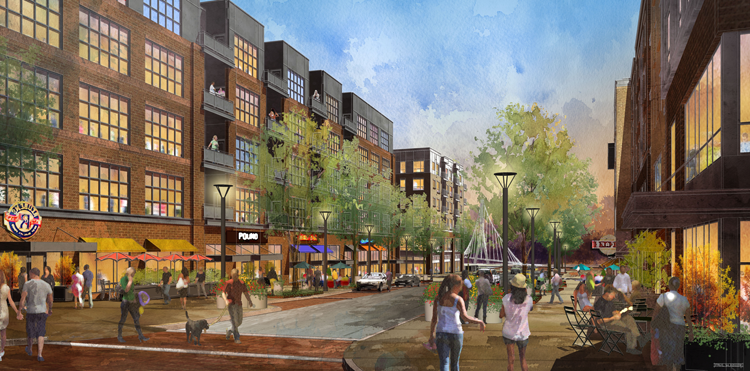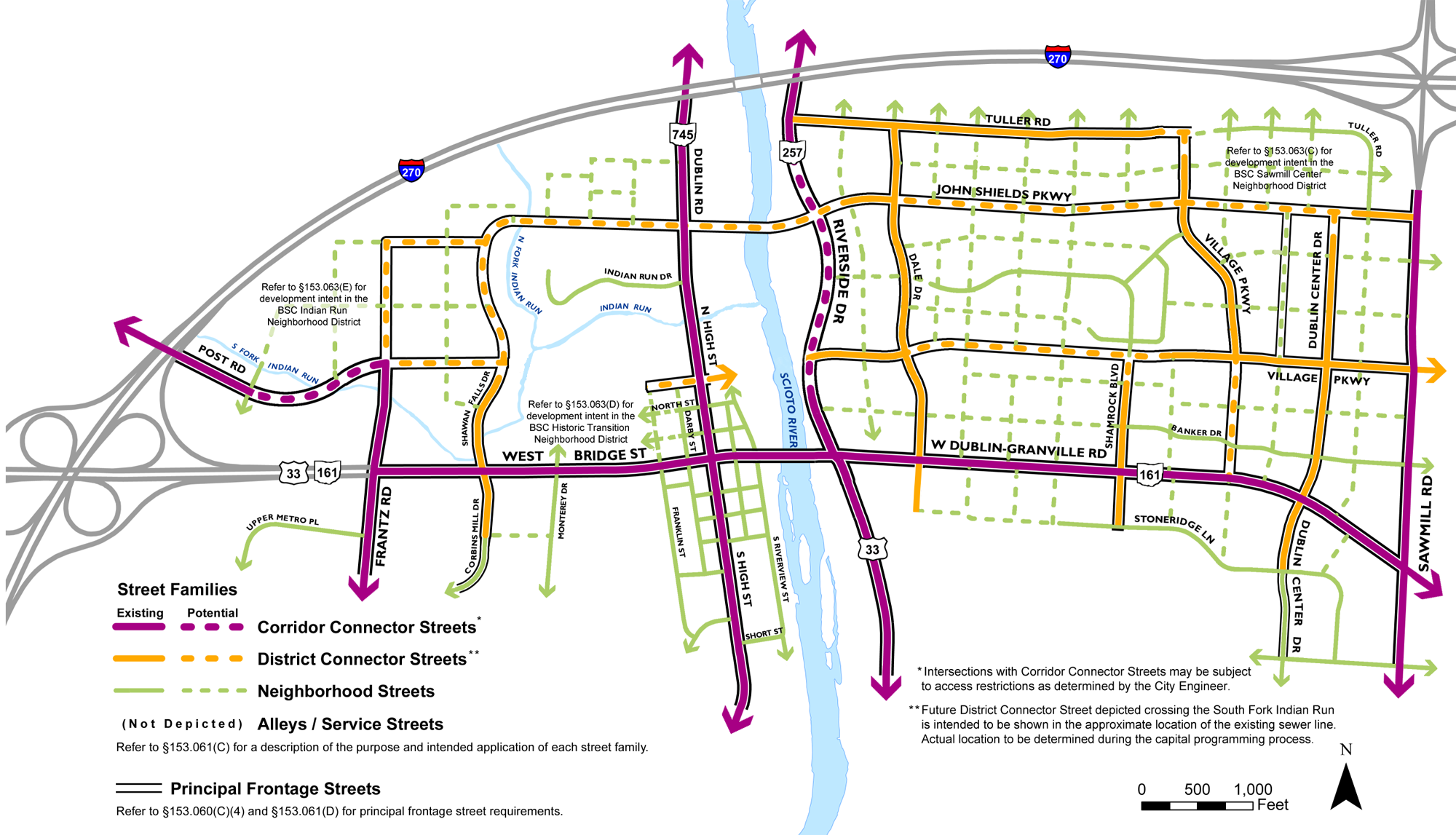New downtown begins for Ohio suburb

Dublin, Ohio, recently broke ground on its Bridge Street District, an urban and walkable neighborhood that will complement its village center. The largest redevelopment project ever in Dublin, the Bridge Street District is the first step in transforming part of the town into an urbanized, walkable neighborhood, providing housing, dining, retail and office space that appeals to a talented young workforce—as well as seasoned professionals.
A suburb of Columbus, Dublin has 44,000 residents and 50,000 office workers. As recently as 1970, Dublin's 681 residents lived on farms and in a small historic village center. The city now is built in sprawling housing pods and office parks, shaped by conventional suburban zoning and wide, 20th Century thoroughfares.
In order to meet a changing market, the city adopted a form-based code for a redevelopment area and committed resources to build walkable thoroughfares and infrastructure. The city brought in new urban planners, including Goody Clancy of Boston, to help with the transition. The developer interest has been strong.
Phase 1 of the $350 million project includes the redesign of Riverside Drive, a US highway, and a mixed-use development on urban blocks once occupied by parking lots and a shopping center. The initial development provides 271 apartments, restaurants, shops, and two parking garages, scheduled to open in 2016. A pedestrian bridge will cross the Scioto River to connect to the old village center.
“This is going to be a dynamic, vibrant neighborhood,” Dublin City Manager Dana McDaniel told The Columbus Dispatch. “I think it’s a bit of paradigm shift” for the suburb, which had been more oriented toward driving than walking over the past few decades. The success of the city's historic village center, which is packed with restaurants, shops, and people, inspired the new plans.
The first phase includes more than $155 million in public improvements, of which the city will contribute $43.1 million—$32 million for parking garages and $11.1 for thoroughfare changes.
Phase Two will include a new hotel, an events center, a performing-arts center and an office building — and is slated to open in late 2017.
That's just the beginning. The Bridge Street District comprises about 6 percent of Dublin's land area—or 1,000 acres. A whole new downtown could provide investment opportunities for a half century. The city is planning a new street grid that is well connected to existing thoroughfares:


The Bridge Street District is a purposeful response to market demand. People want to live and work in urban centers, "whether its Short North (a neighborhood in Columbus) or Dublin or other places outside of the main city," according to Jonathan Barnes, an architect working on the development.
The new $17 million pedestrian bridge is expected to a major part of the appeal of the Bridge Street District.
The move toward mixed-use, compact development has been encouraged by the Online Computer Library Center (OCLC), which owns about 80 acres in Dublin. OCLC, with about 1,000 employees in central Ohio, is looking toward compact urbanism as a tool to attract more high-tech, educated employees.
Goody Clancy studied the Bridge Street corridor—including the small core of an old village—and presented concepts four years ago for developing much of the corridor outside the village at much higher than current densities. In some areas, the firm proposed 40 to 50 housing units an acre. That was startling “for a community that used to think of 5 dwellings an acre as high,” said one city official, but it seems to have helped Dubliners re-envision the future.
Robert Steuteville is editor and executive director of Better Cities & Towns.




